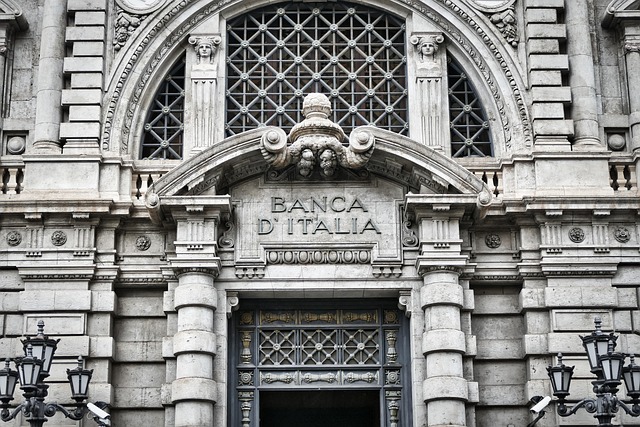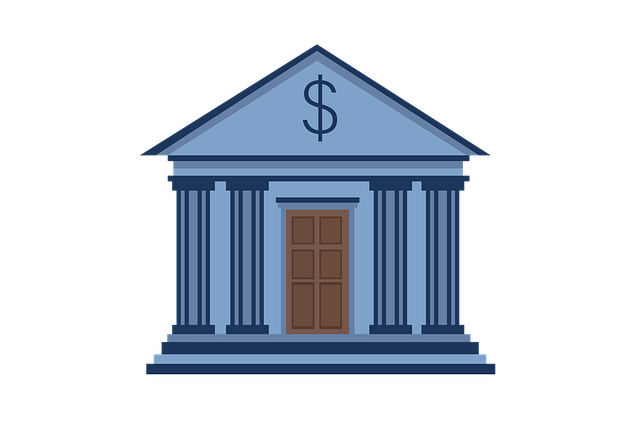Title loan predatory lending prevention caps interest rates and fees, making loans fairer for borrowers, especially high-value asset owners like truck drivers. This has led lenders to offer more flexible options while borrowers gain protection from excessive borrowing costs. Regulators enforce transparent terms, combatting harsh repayment conditions and fees, fostering a sustainable and responsible lending environment.
Predatory lending practices in the title loan industry have long been a cause for concern, with high-interest rates and unfair terms trapping borrowers in cycles of debt. To combat these issues, many states have implemented interest rate caps as a preventive measure. This article delves into the strategies behind predatory lending prevention, focusing on how title loan interest rate limits protect consumers without severely impacting lenders. We explore the effects on both parties and emphasize the importance of enforcing fair loan terms for a more transparent and equitable market.
- Understanding Predatory Lending Practices in Title Loans
- The Impact of Interest Rate Caps on Lenders and Borrowers
- Protecting Consumers: Enforcing Fair Loan Terms
Understanding Predatory Lending Practices in Title Loans

Predatory lending practices in the title loan industry have long been a cause for concern among consumer protection advocates. These tactics often target vulnerable borrowers who need quick access to cash, leveraging their vehicle ownership as collateral. Lenders may offer seemingly attractive terms, such as low-interest rates or flexible repayment options, but these can be misleading. They might charge excessive fees, trap borrowers in cycles of debt, or use aggressive collection methods, taking advantage of the borrower’s financial desperation.
Title loan predatory lending prevention measures aim to protect consumers from these unfair practices. By setting strict limits on interest rates and fee structures, regulators ensure that these loans become a more manageable and less exploitative option. This is especially crucial for high-value assets like vehicles, where the loss of ownership can have significant consequences. For instance, while semi truck loans might offer necessary funding to professional drivers, preventative measures safeguard against predatory practices, ensuring borrowers retain their valuable equipment without being burdened by unfair terms.
The Impact of Interest Rate Caps on Lenders and Borrowers

The implementation of interest rate caps in the context of title loan predatory lending prevention has had a significant effect on both lenders and borrowers. For lenders, especially those specializing in alternative financing options like boat title loans or title pawn, this regulatory change presents a challenge. Lower interest rates mean reduced profitability for lenders, prompting them to reassess their business models and operational strategies. Some may choose to adapt by offering more flexible repayment terms or diverse loan products to maintain market share.
On the other hand, borrowers stand to gain from these caps as they protect against excessive borrowing costs. This is particularly beneficial for those in dire financial straits who might otherwise turn to title pawn services due to a lack of access to traditional banking options and credit checks. By limiting interest rates, borrowers can avoid falling into a cycle of high-debt and potential asset forfeiture, fostering a more equitable lending environment.
Protecting Consumers: Enforcing Fair Loan Terms

Predatory lending practices have long been a concern for consumers, especially those looking for quick cash solutions like truck title loans or Dallas title loans. Enforcing fair loan terms is a critical aspect of protective consumers from such practices. By implementing robust measures to combat predatory lending prevention, financial regulators aim to ensure that loan agreements are transparent and equitable, shielding borrowers from excessive interest rates and harsh repayment conditions.
This includes setting caps on interest rates for title loans, which can be particularly high in some regions. Such regulations not only safeguard consumers but also foster a more sustainable and fair lending environment. Borrowers should understand the full extent of their loan obligations, including all fees and charges, to avoid falling into debt traps. Fair loan terms empower individuals to make informed decisions, ensuring they can access credit responsibly without being subjected to predatory practices.
Title loan predatory lending prevention has significantly reduced excessive interest rates, ensuring fairer practices for borrowers. The implementation of interest rate caps serves as a crucial safeguard against abusive lending, fostering a more transparent and consumer-friendly market. By enforcing strict regulations, consumers are protected from exploitative terms, promoting financial well-being and building trust in the title loan industry. This shift towards responsible lending benefits all parties involved, creating a sustainable and ethical borrowing environment.






